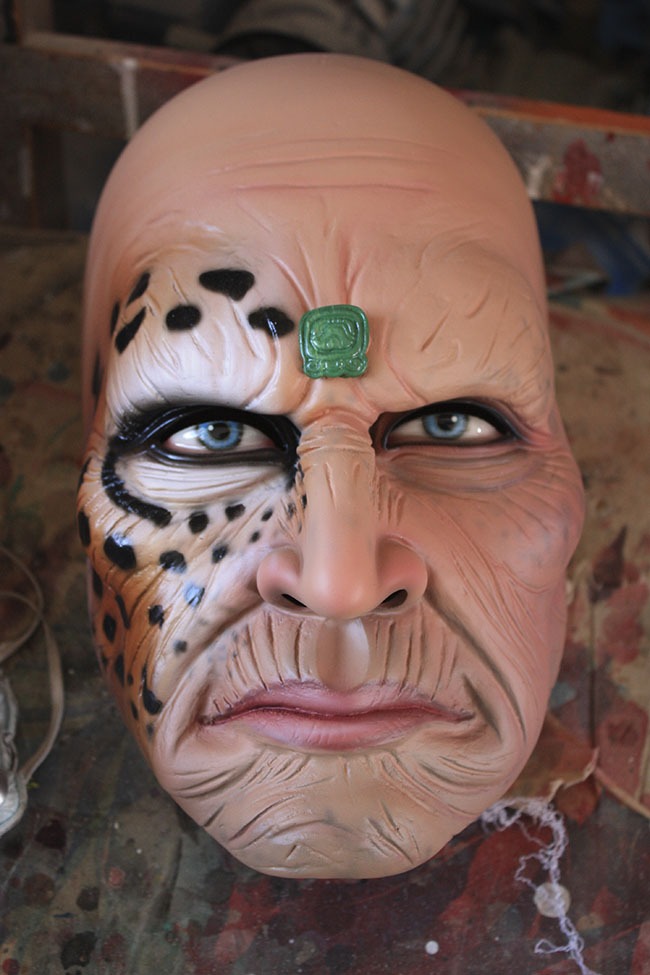When is Carnival Celebrated?
One day before the beginning of Lent on Ash Wednesday is the traditional celebration of Carnaval. This day is variously known in English-speaking countries as Shrove Tuesday, Pancake Day, or Mardi Gras. In many towns, neighborhoods, and schools here in Guatemala, children dress up in costumes and play around with pica-pica (finely cut paper, i.e. confetti) and cascarones (colorfully painted eggshells filled with pica-pica).
About the Costumes:
During Carnival, costumes are the order of the day, and one of the best places in the country to learn more about these outfits is at the workshop where beautiful costumes are made – costumes that are used as part of many of the country’s traditional celebrations and activities that attract both international and domestic tourists. Qué Pasa found the workshop thanks to the attention received by the costumes in our article about Chichicastenango’s convite. (You can find that article in our December 2015 issue.) We spoke with the owner of the artisanal workshop Artes Santa Elena – A.S.E., Jorge Xiquin Aguilar, a member of the second generation of artists who create incredible masks and costumes – not just for convites, but for any occasion.
Jorge tells of how his father, Ernesto Xiquin Batz, decided in the 1980s to create a space where they could make and sell masks in Santa Cruz del Quiché. At that time, what’s known as a media máscara or half-mask – that is, one that covers only the face – cost about Q60 each, and a tol – a full mask that covers the entire head – had a price of around Q200. Prices have changed since then, of course, and today they vary depending on the character to be made and the complexity. The mask-making process takes between 9 and 12 days, and the masks are made in pairs (either two identical masks or masks of two different characters).
Over the years, the materials that the masks are made from have changed, as well. When the workshop began, masks were made using cement or plaster molds with a thin film of lard on them to help remove the masks more easily. The details were then sculpted from, and applied with, a mixture of ground-up cardboard pulp, white glue, and cornstarch.
Today, with the many types of raw materials that can be used to produce masks (like plasticine, putty, and fiberglass), the process is more practical and it gives a better finish to each piece. Painting is one of the last steps, and it takes almost a full day depending on the complexity of the mask and its details. The rest of the costume is made to order from domestic or imported materials such as leather, real fur or fake fur, feathers, and numerous accessories and final touches.
At the workshop, while they’re very proud of all the costumes they’ve made, they have a special fondness for those that they’ve made for important public events. One of these is the outfit that was made for Loraine Quinto who represented Guatemala in Indonesia at the Miss World contest in 2013. In 2014, the workshop participated in the Paiz Biennial of Art with a piece entitled “Tributo a la Mujer Maya Guatemalteca” (“Tribute to the Maya Women of Guatemala”) that was included in TRANSvisible, the book showcasing the best of the Biennial’s artworks.
Every costume that is made at the workshop can easily be considered a work of art, and each is a fantastic example of some of the great work being done by Guatemalan artisans.
Contact:
If you’d like to know more about the workshop’s work:
Facebook: /artessantaelena.ase
Phone: 5535-2121
Written by: Carmen Ruiz
Photo by: Carmen Ruiz
Translation by: Kevin Cole


